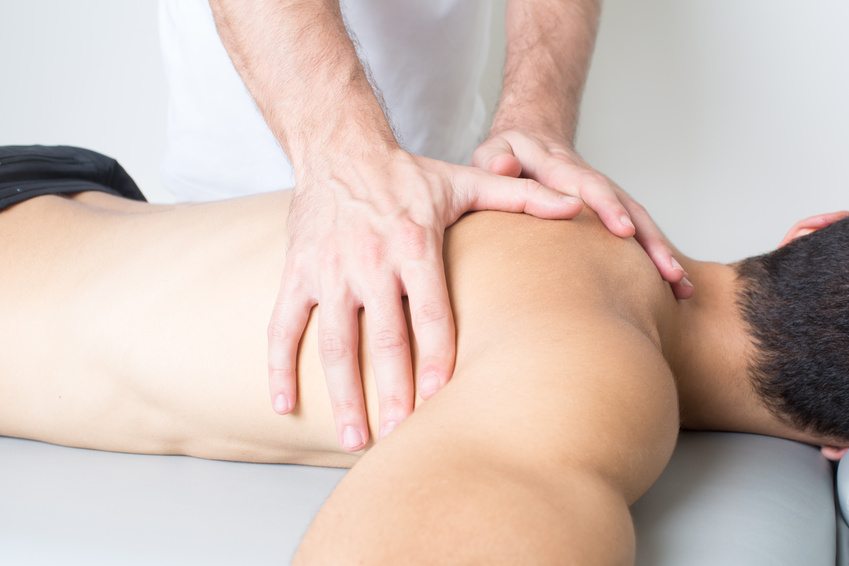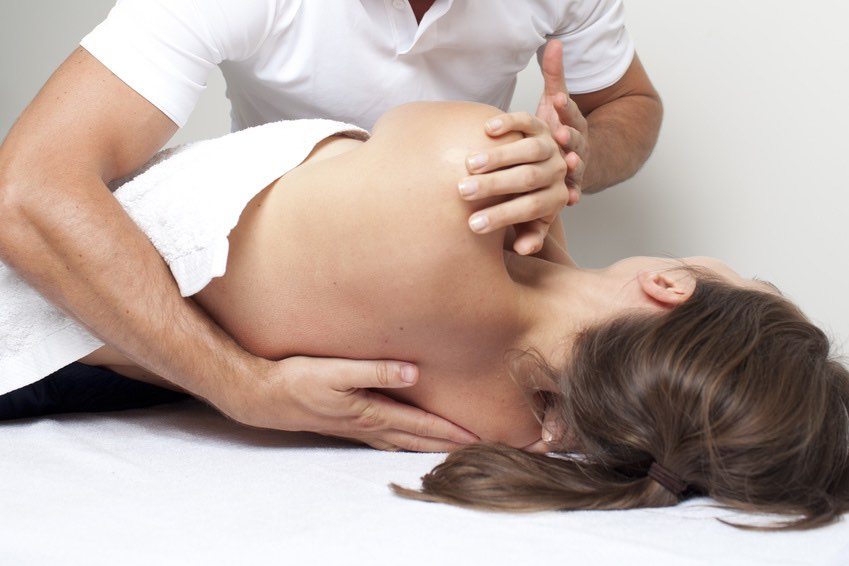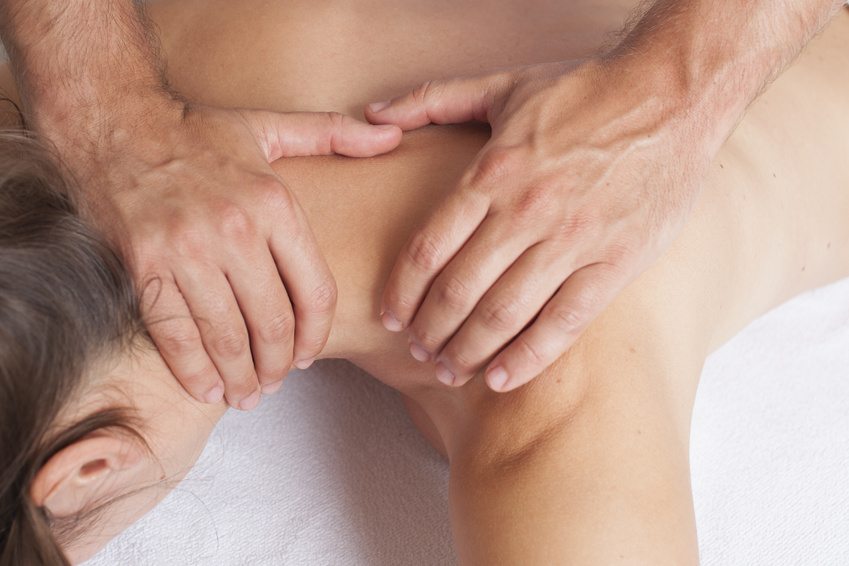Rebalancing - Fascia massage
What is rebalancing?
Rebalancing is a holistic fascia massage therapy that emerged from Rolfing® (according to Ida Rolf) at the end of the 1970s, but has been expanded by a number of other influences and techniques from other body therapies (including Feldenkreis, osteopathy, Alexander technique, breathing therapy, etc.).
Deep and slow fascia massage techniques are used to release adhesions in the muscle and fascia tissue with great care. The body and psyche are supported in realigning themselves, often resulting in an upright posture and inner balance.
Tension and pain in the musculoskeletal system can often be alleviated or completely eliminated with rebalancing and posture can be improved in general. The body becomes more supple and flexible, circulation is stimulated and breathing is deepened in a gentle way.
Occasionally, we recommend supplementing rebalancing fascia therapy with myofascial taping (fascia taping). Fascia taping can be booked in addition to the treatment or as an individual treatment.
Rebalancing literally means "bringing back into balance". It is a holistic body therapy and symbiosis of fascia massage (deep connective tissue massage), joint loosening, body reading, emphatic conversation and the promotion of body awareness and mindfulness.
For this reason, in addition to physical complaints and pain, rebalancing is also particularly suitable for stressful life situations, such as burnout, life crises or phases of reorientation. The treatments support profound changes and an improvement in quality of life through a tangible physical and inner balance.
What throws us off balance?
In this short video, Bernd Scharwies, Head of Training at the Rebalancing School Switzerland and Munich, explains what rebalancing is all about: Video link
Video "Fascia - the mysterious world under the skin"
The following YouTube clip from the TV channel "arte" clearly illustrates and explains the tasks that fasciae perform as a whole-body network in our body and the influence they have on the body and mind. The documentary shows the latest findings of international science and fascia research. See for yourself and be amazed:
Deep and slow fascia massage techniques loosen adhesions in the fascia and muscle tissue
Areas of application
- Muscular tension and pain
- Joint pain
- Herniated disc / disc hernia
- Adhesions in the fascial tissue
- Restrictive movement and posture patterns
- Improving posture
- Exhaustion
- Burnout
- Life crises, phases of change/re-orientation
- Promoting body awareness and mindfulness




